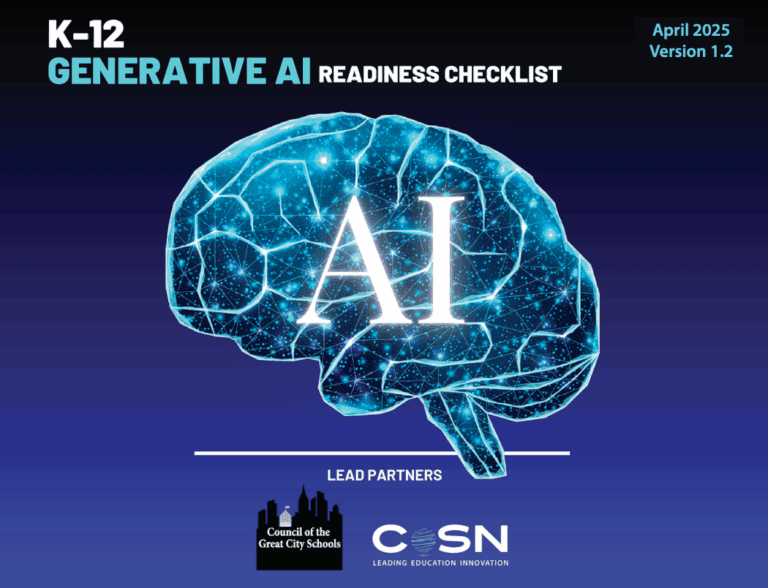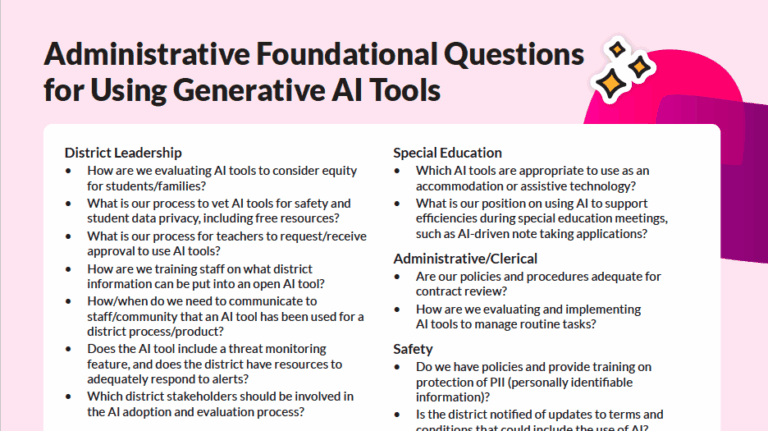Adapted from information presented at the 2017 ACSA Every Child Counts Symposium by Amy R. Levine, Sarah Sutherland, and Rose Tagnesi, Grossmont Union High School District
IDEA eligibility
One of the 13 disabling conditions for IDEA eligibility is emotional disturbance: a condition exhibiting one or more of the following characteristics over a long period of time and to a marked degree, adversely affecting a child’s educational performance:
- An inability to learn, not explained by intellectual, sensory, or health factors.
- An inability to build or maintain satisfactory interpersonal relationships with peers and teachers.
- Inappropriate behavior or feelings under normal circumstances.
- A general pervasive mood of unhappiness or depression.
- A tendency to develop physical symptoms or fears associated with personal or school problems.
Meanwhile, “other health impairment” means having limited strength, vitality, or alertness, including a heightened alertness to environmental stimuli, that results in limited alertness with respect to the educational environment that is due to chronic or acute health problems like asthma, ADD, ADHD, diabetes, epilepsy, a heart condition, hemophilia, lead poisoning, leukemia, nephritis, rheumatic fever, sickle cell anemia, and Tourette syndrome.
A student qualifies under IDEA only if they require specialized instruction that cannot be provided through modification of the regular education program. The general rule is that prior to district referral for special ed, a school must consider and utilize general interventions and supports where appropriate. Parent and referrals from other sources can trigger child find obligations, such that general education interventions and supports should be used during evaluation process to inform eligibility decision, and not in lieu of evaluation.
Section 504 eligibility
A student is eligible under Section 504 if he or she has a physical or mental impairment which substantially limits one or more major life activities; has a record of such impairment; or is regarded as having such an impairment. “Physical or mental impairment” includes, without limitation: any physiological disorder or condition, cosmetic disfigurement, or anatomical loss; or any mental or psychological disorder such as mental retardation, organic brain syndrome, emotional or mental illness, and specific learning disabilities.
The Americans with Disabilities Amendments Act of 2008 emphasizes that the definition of “disability” should be interpreted broadly. Whether an individual has a disability should not require complex analysis before attempting reasonable accommodations. When there is a dispute about disability, a best practice is to document the dispute, and without waiving the right to contest eligibility, proceed to discuss reasonable accommodations.
There is no clear definition of “substantial limitation,” but there are factors to consider. Failure to reach full potential is not considered a “substantial limitation.” Short-term or minor impairments (broken bones, the flu, concussion) are generally not “substantial limitations.”
“Substantial limitation” does not have to prevent or severely restrict the individual from doing activities of central importance to most people’s lives. “Substantial limitation” also does not mean that the person must be “severely restricted.” Example: a learning impairment that does not impact the student outside of the school day could still qualify for Section 504 protection.
Meanwhile, “major life activities” include functions such as caring for oneself, performing manual tasks, walking, seeing, hearing, speaking, breathing, learning, working, eating, sleeping, lifting, bending, reading, concentrating, and communicating. Congress also provided a non-exhaustive list of examples of “major bodily functions” that are “major life activities”: normal cell growth, digestive, bowel, bladder, neurological, brain, respiratory, circulatory, endocrine, immune system and reproductive functions. An activity or function not specifically listed in Section 504 regulatory provision can nonetheless be a major life activity.
Impairment definitions
Determination of whether a physical or mental impairment substantially limits a major life activity cannot consider the ameliorative effects of mitigating measures. An individual who may be “disabled” under Section 504 must be evaluated without taking into account how they can function while medicated, while using assistive technology, or while taking advantage of the services or accommodations the district is already providing.
Examples of mitigating measures: medication, equipment, assistive technology, prosthetics, hearing aids, interpreters, reasonable accommodations, learned behavioral or adaptive skills, or low vision devices.
Some benefits of identifying as “disabled” are:
- Specialized academic instruction
- Related services (counseling, tutoring, social work services, etc.)
- Accommodations and modifications
- Manifestation determination
- Assessments
- Due process and procedural safeguards
- Alternative placements



































